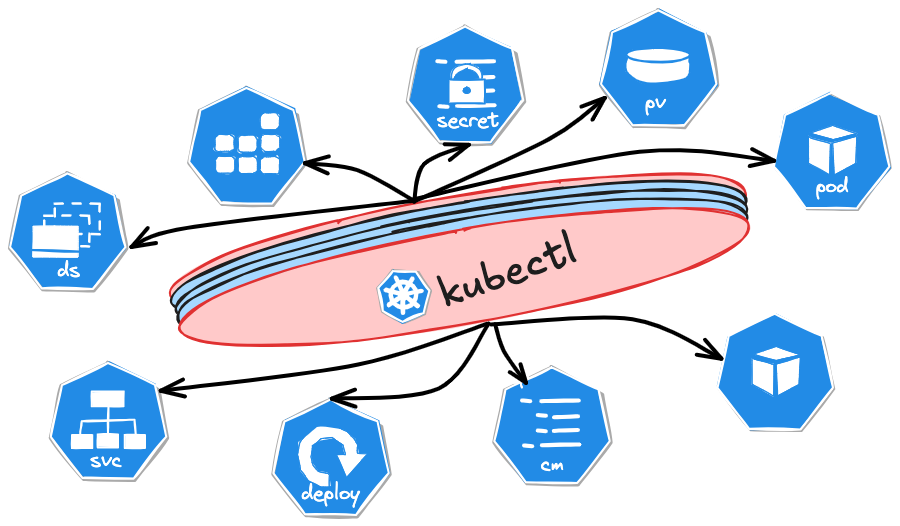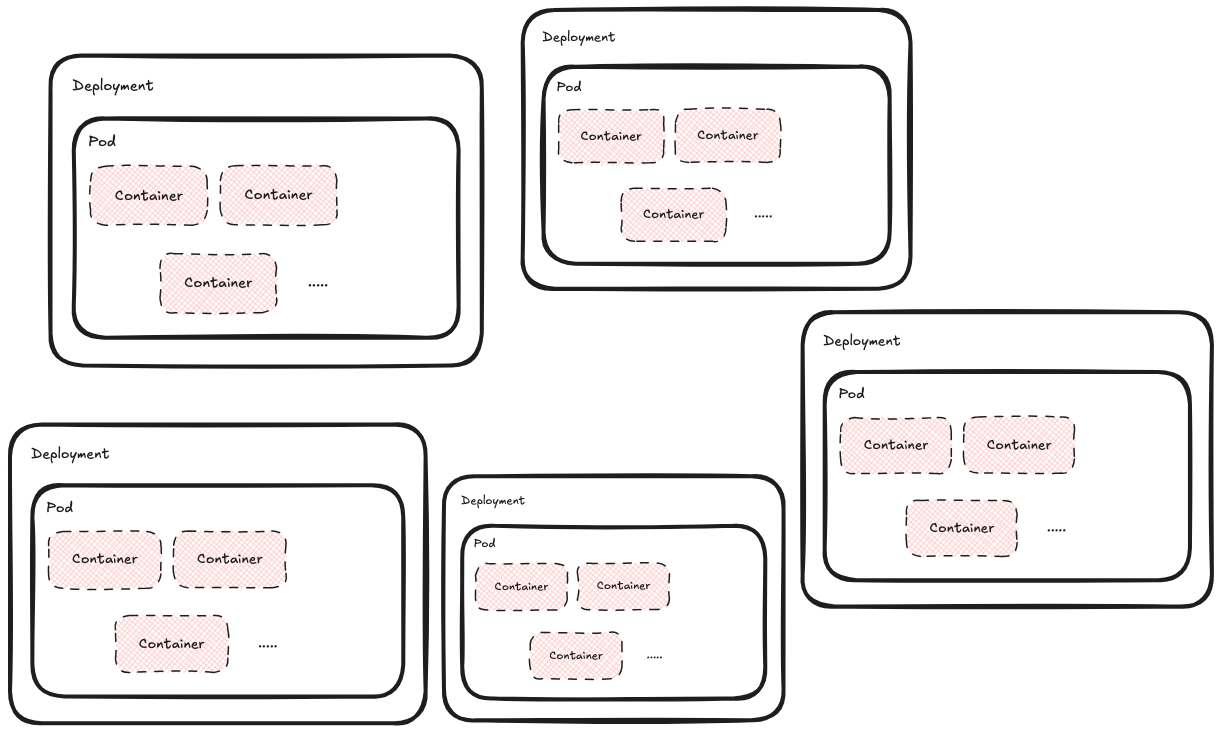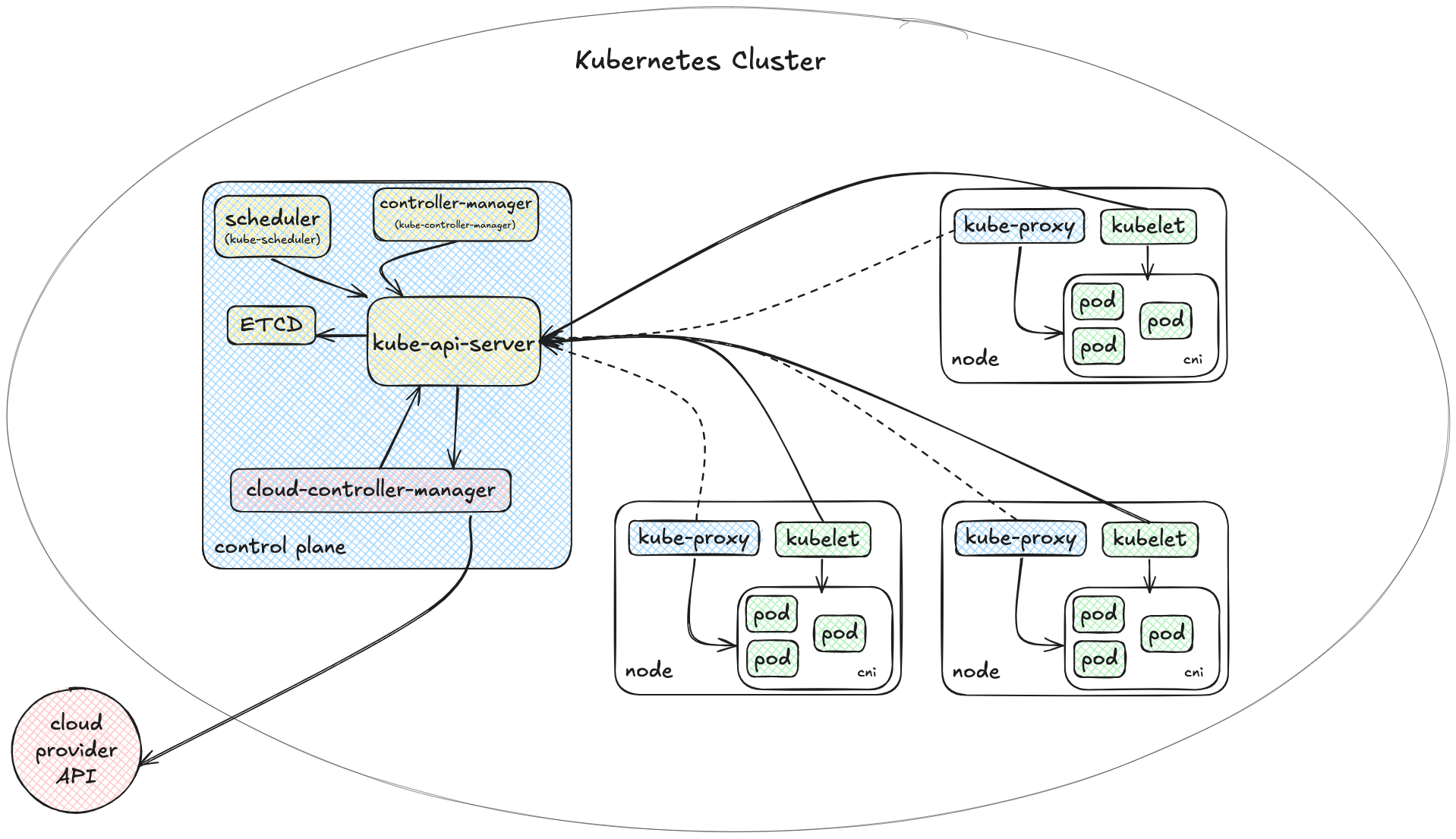
Kubernetes tools: Kubectl Part 2
This post is the fifth part of the series about Kubernetes for beginners. In the fourth part, I started to write about the Kubernetes Swiss army knife: kubectl. I covered ways how to find the components you are looking for. In this episode, I’ll show you how you can gather more information about Kubernetes components, focusing on status and logs. This can be useful when debugging your application and trying to figure out what’s going on. ...


